The brewing of beer is a rich and complex subject, and the more you learn about it, the more you realize there is to know, but for anyone with even a passing interest in beer, one of the most fundamental questions concerns the division of the two main varieties, lager and ale.
Most beer drinkers probably think they can tell their ales from their lagers, and the more knowledgeable ones may also be able to offer explanations and definitions, usually related to the brewing process or perhaps the flavor or appearance of the beer.
However, this topic is more complex than it first appears – and at the same time, it is also incredibly simple.
So, for anyone looking for answers, here we tackle the question, what’s the difference between ale and lager?
Ale vs. Lager – Common definitions
When people attempt to explain the difference between ale and lager, several factors related to brewing are usually presented, so let’s look at these first.
Top-fermenting vs bottom-fermenting yeasts
One characteristic commonly used to distinguish ales from lagers is that ales are brewed using “top-fermenting yeasts” while lagers are brewed with “bottom-fermenting yeasts”.
To brew beer, the four basic ingredients are water, malt, hops and yeast. In simple terms, yeast ferments the malt, and hops are added to counteract the malt’s sweetness.
And when talking about the difference between ale and lager, people will often tell you that lagers are brewed with yeast that sinks to the bottom of the tank to do its fermenting while ale yeast does its business at the top.
Warm fermentation vs cool fermentation
Another commonly stated difference is that lagers are fermented at colder temperatures, usually around 42-55°F, while ales are fermented at warmer temperatures, usually in the range of 60-75°F.
Fermentation happens more slowly at lower temperatures, so it also follows that lagers take longer to brew since their fermentation process is not as fast.
Storage times – “lagering”
The word “lager” is derived from the German word lagern, meaning “to store”, and this is because lagers were originally stored in caves while they matured.
Lagers were first brewed in Bavaria in southern Germany where they were traditionally made during the winter and left in caves until the spring when they were ready to drink.
Nowadays, lagers still need to go through a similar storage and maturation process – although, since the advent of modern refrigeration, not many are kept in caves anymore.
Conversely, ales don’t require this kind of long maturation process and can be ready to drink in a much shorter time – and the fact that ales don’t require a long period of cold storage is another commonly cited difference.
(A consequence of this is that high-quality lagers are usually more expensive to brew than ales since the time they spend maturing in cold storage adds to the cost of brewing them.)
A simpler definition
So to summarize, it is commonly stated that lagers are brewed with bottom-fermenting yeasts at colder temperatures and require longer storage for maturation.
Ales, on the other hand, are usually brewed at warmer temperatures using top-fermenting yeasts and don’t require a long maturation period.
And generally speaking, this is true. But the problem is, none of these factors define lagers or ales because they aren’t always true in every case.
In fact, there’s only one element that is always different and can be used to distinguish between lagers and ales.
Yeast.
The real difference between the two is simply that they are brewed with different species of yeast.
More specifically, ales are brewed with strains of Saccharomyces cerevisiae while lagers are made using strains of Saccharomyces pastorianus – and everything else follows from there.
So why all these other ideas about ale vs lager?
The characteristics we have mentioned (top vs bottom fermentation, cold vs warm fermentation, long storage in the cold) are commonly used to explain the difference between lagers and ales, and if you think about it, this makes sense.
The yeasts used in ales and those used in lagers belong to two different species, so it is only natural that they behave differently and have different properties and preferences.
The yeasts used to brew the early lagers were employed in a lengthy brewing process that involved fermentation and storage at lower temperatures, a process these yeasts were well suited to, and many modern lagers are brewed in a similar way.
However, that doesn’t mean you can’t use those yeasts to brew under different conditions.
Similarly, ale yeasts work well at higher temperatures, but given time, they will cause fermentation to happen at lower temperatures too, and ales can also benefit from longer maturation, even in the cold.
In other words, ale yeasts are most commonly used with the techniques and conditions associated with ales, and lager yeasts are most commonly used in conjunction with techniques and conditions associated with lagers – but the point is, it doesn’t have to be that way.
In reality, there is a huge amount of crossover, with large numbers of ale-like lagers and just as many lager-like ales.
Ale is not a style of beer, and nor is lager, and the defining quality is nothing more than the species of yeast used for fermentation – and beyond this, almost anything goes.
Incidentally, when it comes to top vs bottom fermentation, this can just be seen as a natural result of the way the two species of yeast behave during fermentation rather than a defining quality in itself.
Besides, within the tank, fermentation takes place at all levels regardless of the type of yeast; the distinction between top and bottom fermentation is really just a convenient way to talk about the process and is more related to the appearance of the liquid during fermentation.
What can you expect from a typical lager or ale?
Since the only true difference between lagers and ales is the type of yeast used for fermentation, it is all but impossible to say what an ale or lager “should” taste like.
The terms “ale” and “lager” both cover innumerable styles, and there is significant overlap, so, for example, plenty of blonde ales resemble many people’s idea of a lager, and lagers exist that are closer to what some people might think of as an ale.
A good example is the so-called India Pale Lager, a generously hopped beer much akin to an IPA (India Pale Ale) – except that it’s brewed with lager yeast.
However, one important difference is that ale yeast releases more esters and phenols, the compounds responsible for fruity or spicy flavors in beer.
This means ales are often brewed to showcase these flavors while in lagers, the flavors come from other ingredients like malt.
As a result, very broadly speaking, lagers usually have a cleaner, crisper taste while ales are more often richer, deeper, more complex or “funkier”.
That said, it should be obvious by now that when it comes to ales vs lagers, there are always exceptions, and many beers exist that don’t follow the rules.
Ale vs. Lager – Common misconceptions
So now we understand the difference between ale and lager, let’s bust a few common myths.
All lager is pale
Yeast has nothing to do with the color of the beer. Instead, the color comes from the malt, which may be lightly or darkly roasted.
Many lagers are light, but something like a German Schwarzbier is as black as they come. The reason many lagers are light in color is that lager yeast lends itself well to producing a clean, crisp and refreshing style of beer – but there’s nothing to say lager must be this way.
Lager has a low ABV
Although yeast is responsible for fermenting the malt and so producing alcohol, this doesn’t mean it determines the alcohol content of the beer.
Both lager and ale yeasts can be used to produce strong or weak beers, and the ABV has more to do with how much malt is used in the recipe.
Lager is bland and tasteless
Worldwide, lager is by far the most widely consumed type of beer, and if you remember what we said earlier about lager being more expensive to produce, this would seem to be something of a paradox.
However, the key expression we used was high-quality lagers – because, unfortunately, a lot of lager doesn’t fall into this category.
The world’s three most popular beers by volume are the Chinese beers Snow and Qingdao along with the American Budweiser, and there’s a good chance you’re familiar with at least one of them.
Few would include them in any list of the world’s best beers, but they’re not aimed at beer connoisseurs – most people who appreciate good beer would call them bland and uninspiring.
However, that’s not because they are lagers – it’s because they are brewed cheaply and in huge quantities. For the brewers, creating an exciting, flavorsome beer is simply not a priority.
As we mentioned above, lager yeast doesn’t affect the flavor so much – in lagers, this is determined much more by the other ingredients as well as the brewing process.
If a lager tastes bland, it just means the brewer hasn’t used the kind of ingredients and the brewing techniques that are required for a high-quality, full-flavored lager.
However, there are also plenty of lovingly brewed lagers out there that are just as worth sampling as any of the best ales.
What’s in a name?
So, as we have established, the only real difference between lager and ale is the yeast used in brewing – although the choice of yeast often determines the way the beer is brewed, resulting in what we tend to think of as a “classic” ale or a “classic” lager.
However, since there are so many other variables and so many exceptions, as long as you know the basic difference, the name of the beer doesn’t really matter. Rather, you should appreciate and judge a beer on its merits instead of worrying too much about what it’s called.

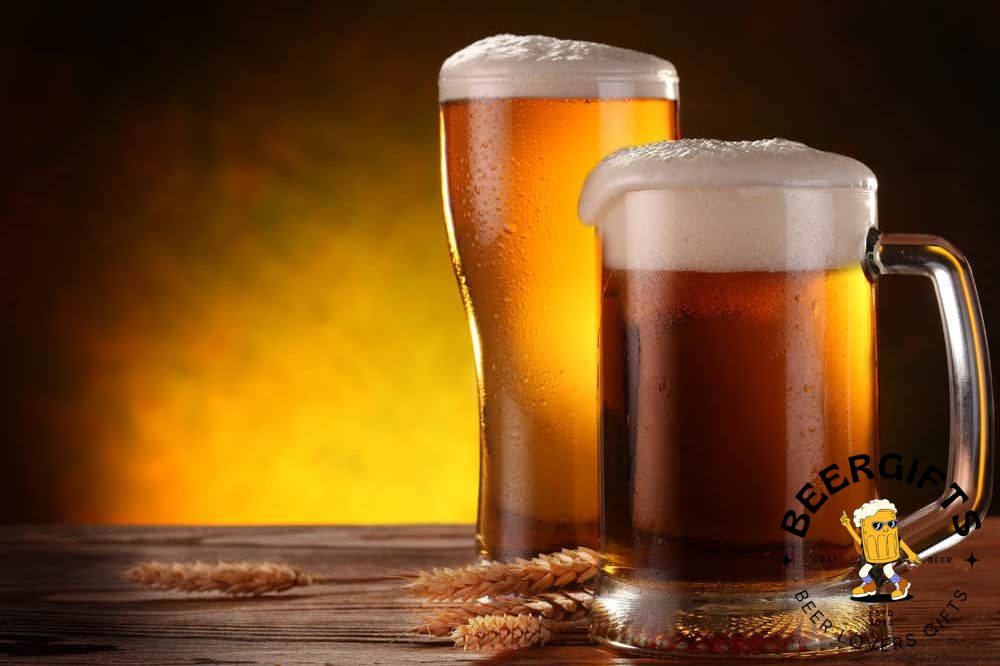
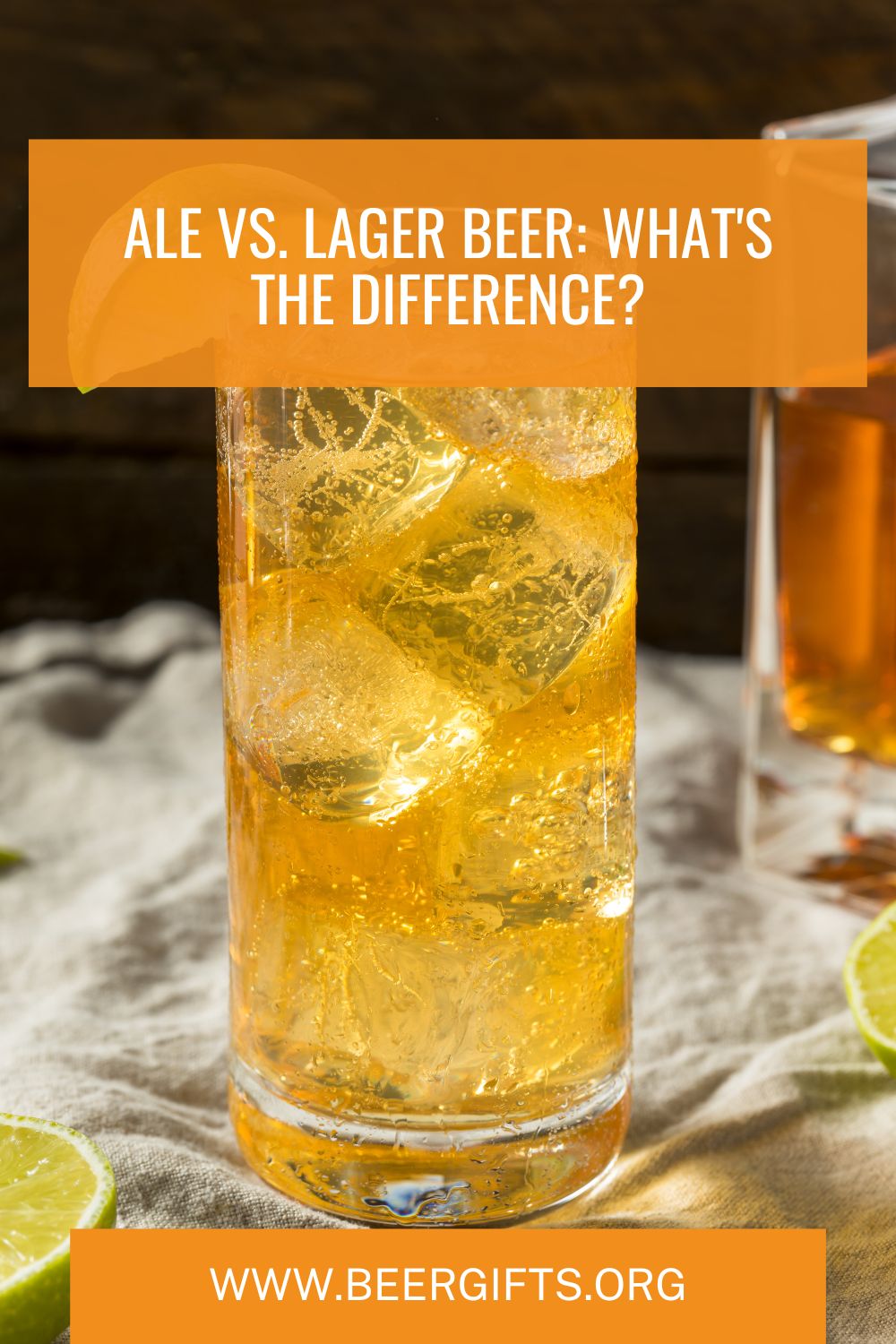
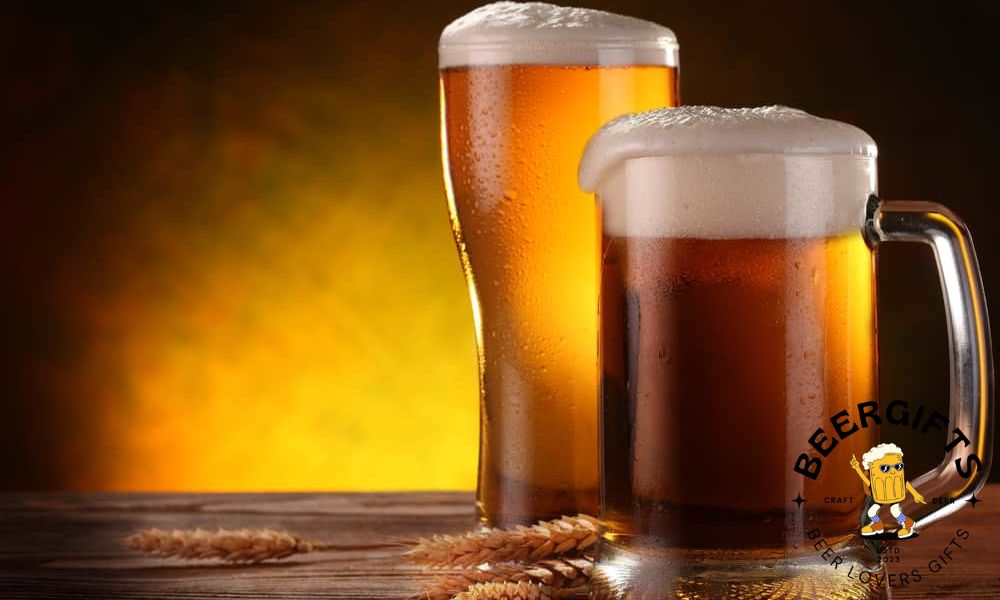

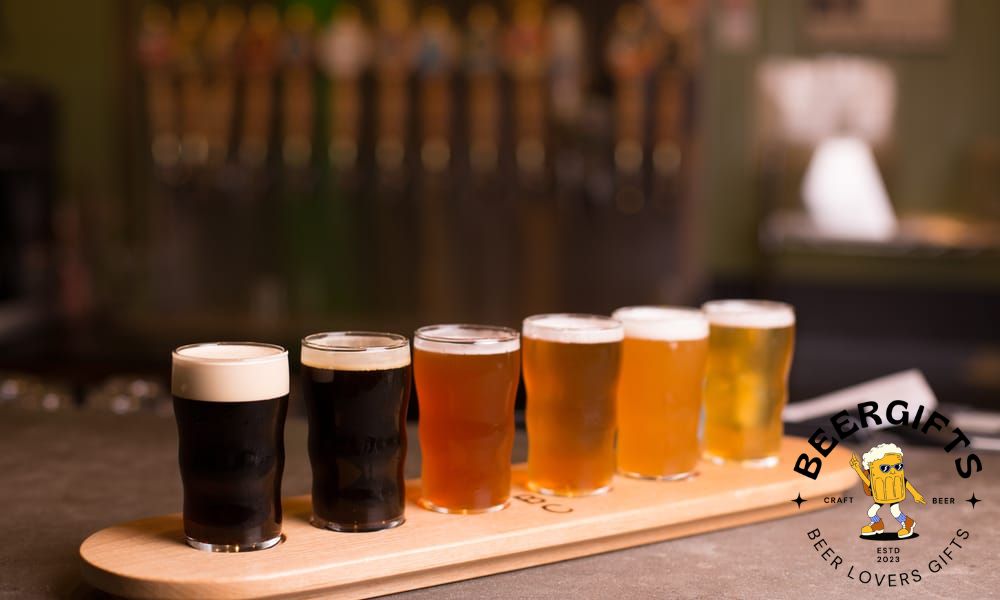
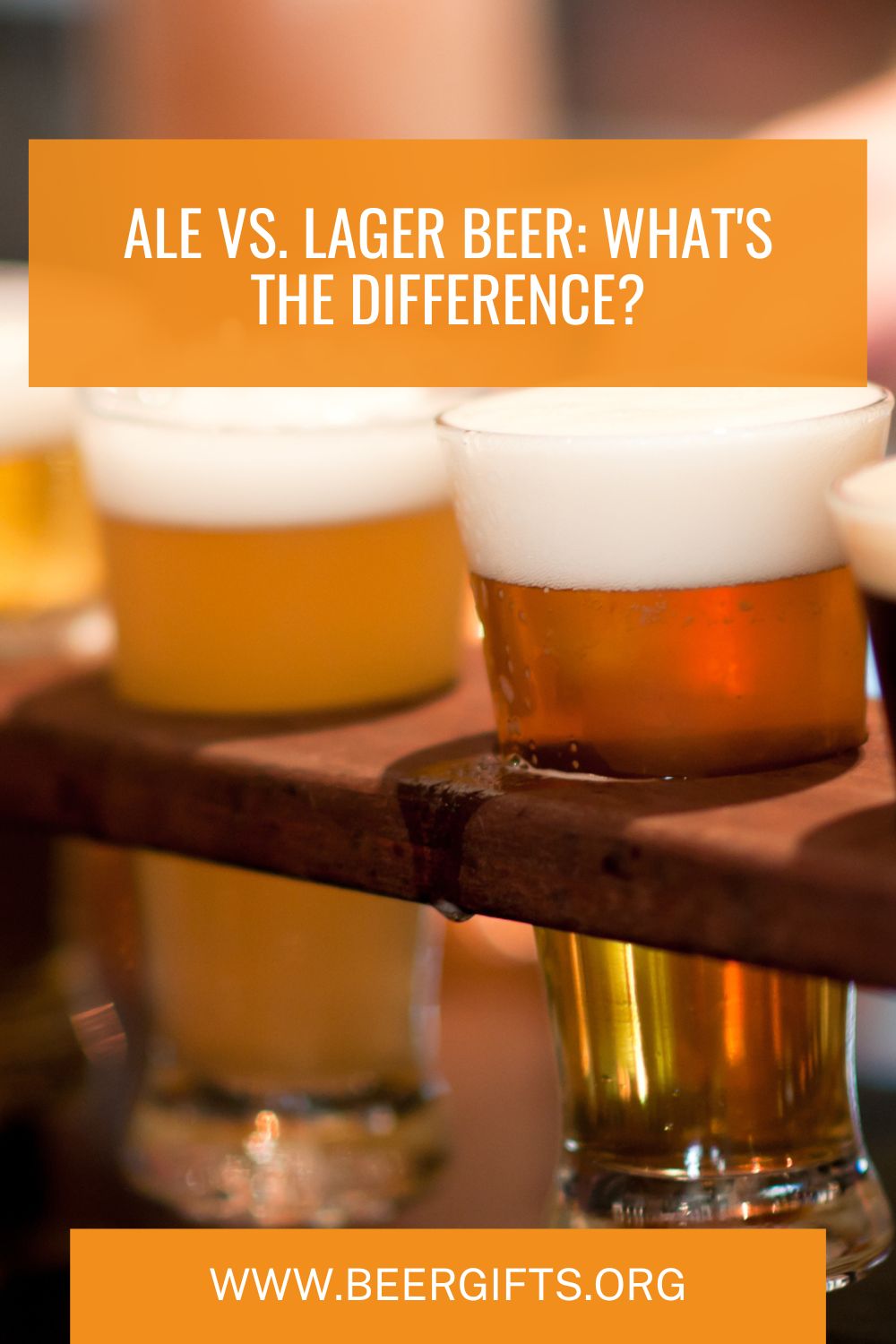
Now I know. What are the benefits of drinking Lager Beer ?